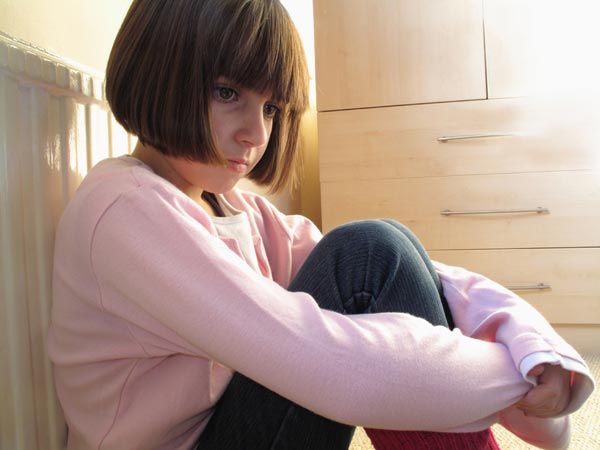More Kids Treated for Mental Health Conditions

The use of mental health treatments in children has increased in recent years much more than it has among adults, a new study finds.
The trend signals a growing attention to mental health problems in children, but could also be a source of concern about unnecessary medication use in children, the researchers said.
"On the one hand kids who needed treatment are now getting treatment and benefiting from it," said study researcher Dr. Mark Olfson, a professor of clinical psychiatry at Columbia University in New York. "On the other hand, there's a large increase in prescription of stimulants for adolescents, which is potentially problematic."
For example, the non-medical use of prescription drugs on college campuses one of the concerns about stimulants, and is part of a larger picture of substance abuse, Olfson told LiveScience.
The researchers looked at doctor visits by children, adolescents and adults between 1995 and 2010, and found that at the end of the study period, for every 100 youths (age 20 or younger) who visited the doctor, there were 15 visits that resulted in a mental disorder diagnosis, up from eight visits in 1995, according to the study published today (Nov. 27) in the journal JAMA Psychiatry.
In other words, children and adolescents who visit a doctor have become almost twice as likely to be diagnosed with a mental disorder now compared to 1995. [5 Controversial Mental Health Treatments]
For adults, the rates of getting diagnosed with a mental disorder increased too, but at a much slower pace. In 2010, about 28 visits out of all visits made by every 100 people resulted in receiving a diagnosis, compared to 23 visits in 1995. [Top 10 Controversial Psychiatric Disorders]
Sign up for the Live Science daily newsletter now
Get the world’s most fascinating discoveries delivered straight to your inbox.
A few factors may explain why the rate of mental health treatment is increasing faster for children. "Over the last years, there's been greater public acceptance of mental health treatment for children," Olfson said.
For both adults and youths, doctor visits that resulted in a medication prescription increased as well. Both groups were about twice as likely to receive medication for mental health issues in 2010 compared to 1995.
The researchers also found that prescriptions made by nonpsychiatrist physicians, such as pediatricians and general practitioners, grew very rapidly during the study period.
"Pediatricians are becoming increasingly willing to treat psychiatric issues such as attention-deficit/hyperactivity disorder [ADHD], anxiety and mood disorders," Olfson said.
However, psychotropic medication is not the first treatment option for anxiety and depression, Olfson said. Rather, young people may benefit from psychotherapy before starting medication.
"In some conditions, for example when a child has social anxiety, psychological treatments work very well but very few people who aren't mental health specialist are skilled in providing those treatments," Olfson said.
Still, participation of nonpsychiatrist physicians helps the efforts to address common childhood and adolescent psychiatric disorders.
"There aren't enough psychiatrists to treat children and adolescents," Olfson said.
In recent years, there's been a lot of concern in both the professional community and in the general public about increasing use of mental health medication in children.
The condition that had the highest diagnosis rate among young people was ADHD, and stimulants and other medications to treat ADHD were the most commonly prescribed class of medications for youths, according to the study. The growing rate of stimulant prescriptions to adolescents raises safety concerns, such as the risk of negative psychiatric effects, dangers of combining the stimulants with alcohol, and the potential for stimulant abuse, the researchers said.
At the same time, the growing trend of diagnosis and treatment does not mean that all children who need treatment, would get it, Olfson said.
"So there are kids out there, despite this recent increase in treatment and medication use, who would benefit from treatment and haven't received it."
Email Bahar Gholipour. Follow us @livescience, Facebook & Google+. Original article on LiveScience.
